Geographical distribution
Finding out where beak deformities are occurring is important. Such abnormalities can occur in local clusters, suggesting a genetic basis or an effect of shared environmental conditions. When we examine the distribution of records collected through Big Garden Beak Watch, some striking patterns emerge.
Beak deformities have been recorded in gardens across much of Great Britain, with a handful of reports also logged in Northern Ireland and Ireland. There is a particular clustering of records running in a line from Cheshire & Wirral to Greater London. Another notable cluster is around Newcastle upon Tyne. These could represent biological effects, although an observer bias due to these areas being densely populated is also possible. As more reports come in we will be able to control for human population density more effectively.
For a few species, we are beginning to have sufficient numbers of records to create individual maps for each. For instance, more than 250 Blue Tits have been logged through the project providing a useful sample size. In this species, overgrown beaks have been particularly common in the London area, especially in the south.
Over 150 Blackbird records have now been submitted. In general, these seem to be slightly less spatially clustered than is the case for Blue Tits. It is also interesting to note the current lack of Blackbird records from Wales and Ireland. The map below presents the location of Blackbirds with overgrown beaks (black dots) and with fractured beaks (orange dots). The range encompassed by these abnormality types is approximately equal and there does not appear to be a substantial clustering of sightings.
To date, there have been 64 records of Starlings with deformed beaks and 60 records of Great Tits. Interestingly, in both species, there appears to be something of a southern bias in incidents of overgrown beaks. Have householders in Scotland not been seeing these birds with overgrown beaks, we wonder?
In order to investigate these geographical patterns further we need more records of birds with deformed bills. If you have seen a bird with a deformed beak in your garden, please let us know.

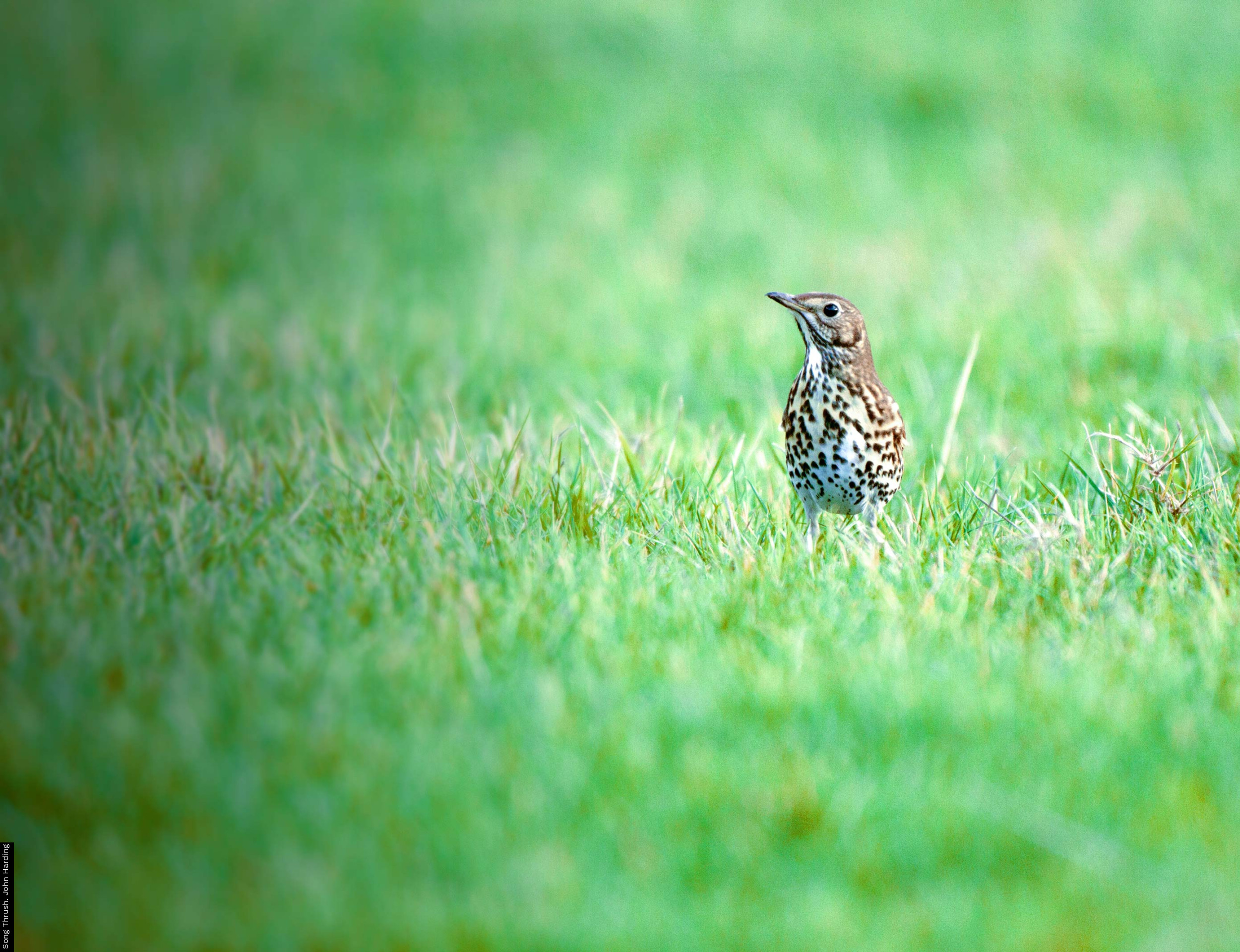
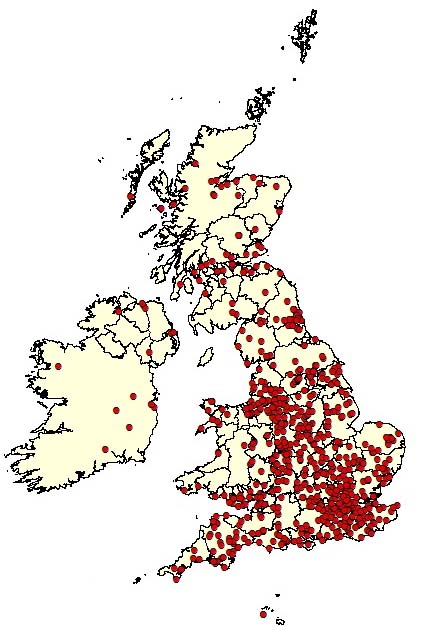
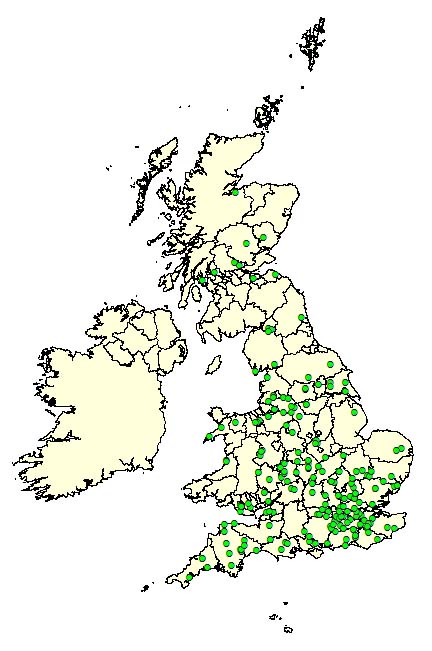
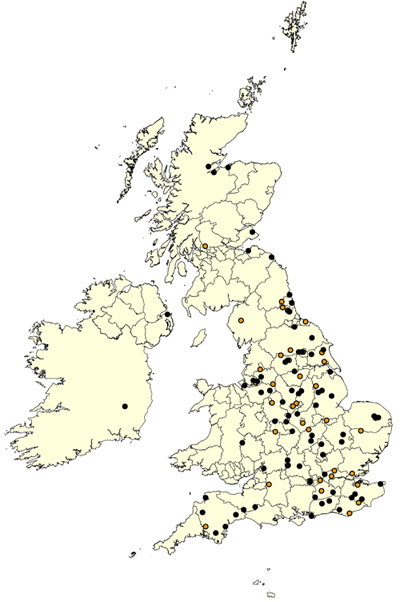
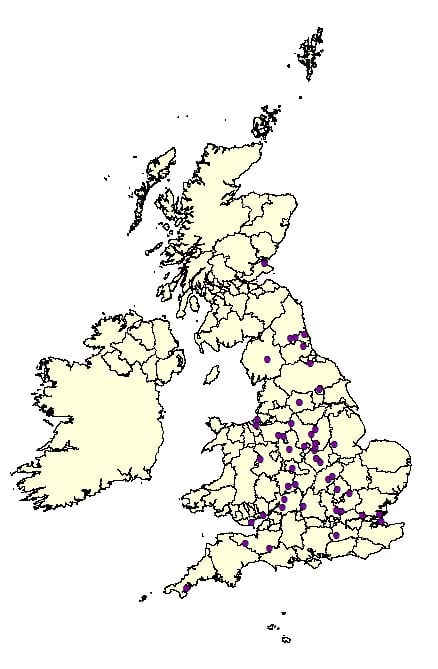
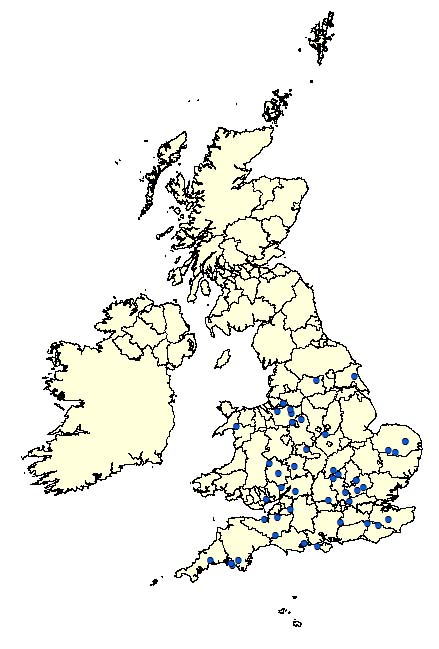




Share this page